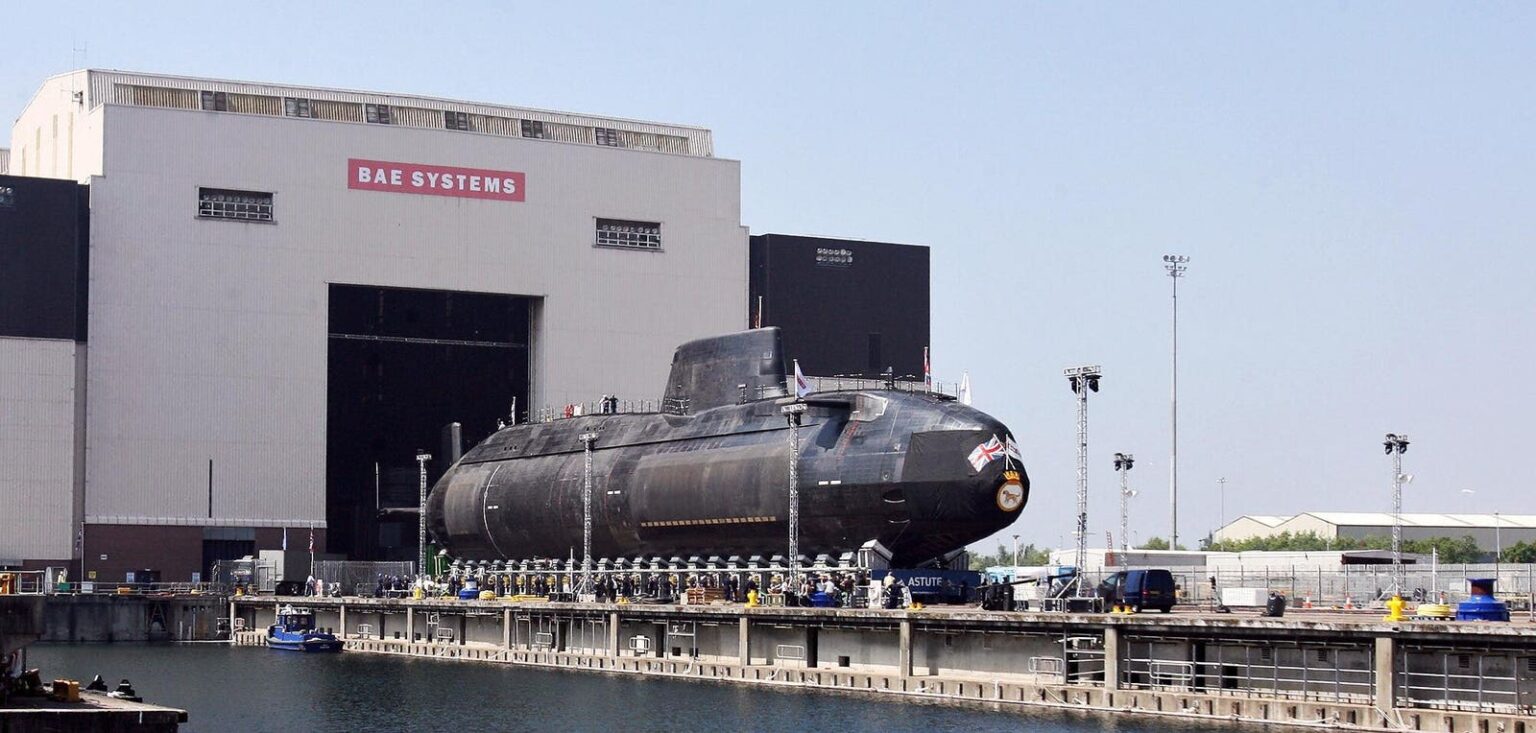he defense stocks I recommended in this column in June 2023 returned 118% in two years. That’s a fat return, but I don’t think it’s time to take profits yet.
“Vladimir Putin invades Ukraine and saber-rattles about nuclear weapons,” I wrote on June 26, 2023. “Xi Jinping says he wants his military to be ready to invade Taiwan by 2027. Then there’s Iran and North Korea. Both implacably dislike the U.S. and are formidably armed.”
Thanks to Israeli and U.S. bombardment of strategic sites, Iran is a little less formidably armed now. But I don’t think it likes us any better.
U.S. relations with Russia are as bad as they were in mid-2023, and our relationship with China is probably worse. All in all, I believe that defense stocks are still timely.
The Record
Europe is rapidly increasing its defense spending, both in response to threats from Vladimir Putin’s Russia and in response to redoubled pressure from U.S. President Donald Trump. Trump has flatly stated that he is unwilling to see the U.S. defense European allies who spend skimpily on the military.
No wonder, then, that European defense companies were the best gainers among the six stocks I recommended. Leonardo SpA (FINMY), the largest defense company in Italy, returned 420% in the two years from June 26, 2023 to June 26, 2025. BAE Systems Plc (BAESY), a British defense giant, returned 133% including dividends.
The next best gainer, with a 95% return, was Ducommun Inc. (DCO), a small U.S. defense and aerospace company. Other gains were more moderate: 43% in General Dynamics Corp. (GD), 14% in Northrop Grumman Corp. (NOC) and 7% in Lockheed Martin Corp. (LMT).
For comparison, the Standard & Poor’s 500 Total Return Index returned 46% in the two-year period.
Bear in mind that my column results are hypothetical and shouldn’t be confused with results I obtain for clients. Also, past performance doesn’t predict the future.
Dassault
One defense stock that I like is Dassault Aviation SA, a French manufacturer of military jets. It increased its earnings almost 15% a year over the past decade, and 39% last year.
At 28 times recent earnings (18 times estimated 2026 earnings), this stock is far from cheap. However, the pressures for European countries to increase defense spending are immense.
Another thing I like about Dassault is that it has very little debt, with borrowings equal to only about 4% of the company’s net worth.
Babcock
Babcock International Group Plc (BCKIY), headquartered in London, isn’t totally a defense company: It services nuclear plants. However, more than half its business is military — taking care of nuclear reactors on submarines.
Unlike Dassault, Babcock has a high ratio of debt to equity, 190%. The earnings history is spotty, with losses in three of the past 15 fiscal years. Earnings spurted in the latest year (ended in March 2025). Ahead, analysts see continued progress but at a slower pace than in 2024-2025.
BAE Systems
Prime Minister Keir Starmer has set a goal for Britain to spend 5% of its gross domestic product (GDP) on national defense. That would be a huge increase from recent levels around 2.3%.
BAE Systems is the largest defense company in Britain, and also has revenue streams from the U.S., Canada, Australia and Saudi Arabia. It makes electronic warfare equipment, tanks, ships and fighter jets. The stock has climbed 53% in the past year and 153% in the past three years.
Huntington Ingalls
China has a huge advantage over the U.S. in shipbuilding capacity. It would take years to fully equalize, but Congress may want to take steps in that direction. If so, one beneficiary would be Huntington Ingalls Industries Inc., (HII), which builds destroyers and amphibious landing ships.
Huntington Ingalls had revenue of $11.5 billion last year, but its market value is only a bit above $9 billion. That ratio to me suggests a bargain. Also, the stock sells for 17 times earnings, while many defense stocks fetch 40 times earnings or more.
Lockheed
I’ve owned Lockheed Martin Corp. (LMT) stock in the past, and been mildly disappointed. The stock price has advanced only 5% a year in the past five years (but 8% with dividends).
Nonetheless, Lockheed shares deserve consideration for two reasons. Lockheed conducts a lot of top-secret research at its famous “Skunkworks.” And its profitability is unusually high, with an 83% return on equity in the past 12 months. On the downside, it carries a heavy dollop of debt.
Lockheed shares sell for just under 20 times earnings.
Disclosure: I own Dassault, Babcock, General Dynamics and BAE Systems personally and for most of my clients.
Read the full article here

